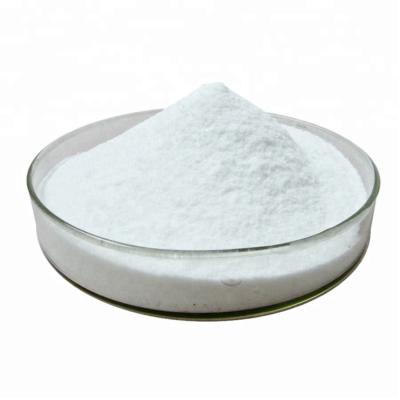Degradation Behavior Of Acetochlor In Soil
The soil ecosystem is a complex multi-media, multi-interface system that includes both a solid part - soil minerals and organic matter - and a liquid part - interstitial water groundwater and surface runoff - as well as a variety of plants and microorganisms, and is connected to the atmosphere. After direct or indirect application of many kinds of pesticides to the soil, the important way for residual pesticides to disappear in the soil is through photochemical degradation (the main pathway), hydrolysis (aqueous degradation characteristics), microbial degradation (important pathway). Since the degradation pathways of acetochlor are often associated with influencing factors, they are specifically analyzed during the influencing factor retrieval.
The three degradation pathways are briefly described below.
(1) Photochemical degradation. Acetochlor present in soil and water bodies will undergo photochemical decomposition reaction, which is one of the main ways of Acetochlor degradation. Acetochlor can be converted into non-toxic or less toxic substances after photolysis reaction. The factors affecting the photolysis of Acetochlor include light source, pH, photosensitizer, photo-bursting agent, etc.
(2) Hydrolysis. Hydrolysis of Acetochlor is a chemical reaction, which is the process of interaction between Acetochlor molecules and water molecules. Temperature, pH, metal ions can affect the hydrolysis of acetochlor.
(3) Microbial degradation. Although traditional chemical methods (including photolysis and hydrolysis) are convenient, new environmental pollutants may be generated during the chemical reaction, and the effect is relatively slow. The use of microbial degradation of acetochlor has the advantages of non-toxic, less residue, etc., is a safe and effective method.
It is worth noting that the specific products of Acetochlor degradation are still inadequately studied.Masbou obtained the hydrolytic degradation product of Acetochlor as N-(2,6-diethylphenyl)-2-hydroxy-N-(butoxymethyl)acetamide based on mass spectrometry analysis and comparison with literature, while the appearance of hydroxylated degradation products revealed nucleophilic substitution at the carbon atom, i.e., chloroacetyl The position of the chlorine bond of the aniline pesticide. And the generation of different degradation products can reflect the existence of different reaction mechanisms in the hydrolysis and biodegradation of Acetochlor. It is of concern that in a few cases the degradation products have not been identified sufficiently. The study of Acetochlor by Shuli Zhao using high performance liquid chromatography also showed that there was only one major compound as the degradation product. Therefore, the reaction process of the degradation pathway was not specifically studied in this paper.



